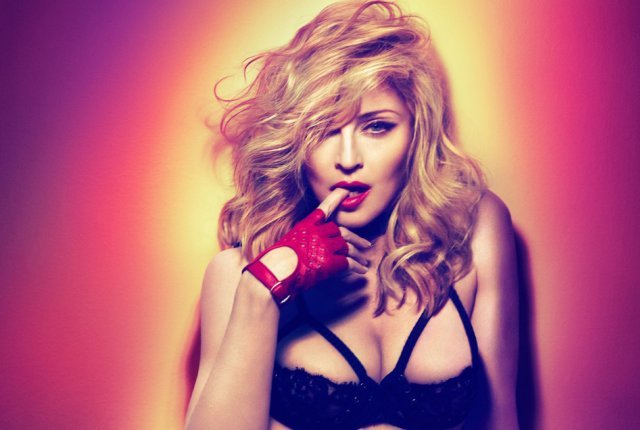Four simple rules for becoming a gay icon


Is Hillary Clinton a gay icon? Computer certainly seems to say yes. The announcement that she was running for presidency was met on Twitter with a deluge of responses that were indistinguishable from replies to Madonna, Cher or Lady Gaga. ‘YAS’, chorused the rhapsodic gays, ‘Slay kween’ and – more confusingly – ‘Queen of pop’ (I think that user may actually have believed that he was tweeting Madonna) Even Cher herself seemed to draw comparisons, tweeting cryptically, ‘Cher Bono Allman HILLARY….CHER’. Incidentally, I truly believe that if we can find the algorithm to crack Cher’s Tweets we will unlock the keys to the universe.
Before she’d even officially announced her candidacy, a San Francisco gay man had launched a ‘Bottom for Hillary’ campaign. ‘You do not have to be gay to be a part of Bottom for Hillary,’ he explained. ‘Bottoming demands trust, admiration, confidence, loyalty, respect, enthusiasm and hope. Those feelings we have toward Hillary, and anyone that feels similar can be a part of our effort.’ Say what you want about the campaign perpetuating the misogynistic notion that bottoming is an inherently effeminate act, but I can’t imagine many gays wanting to bottom for David Cameron.
It’s hard to tell the extent to which Hillary’s policies affect her standing as a gay favourite, especially in the UK, where we can’t even vote for her. It seems to have been assumed that she has a faultless record on gay rights, but she opposed gay marriage as recently as 2013, long after many Americans had come around to the idea.
Her stance has improved dramatically since then – her 2016 announcement video features two gay couples, and she became the first presidential hopeful to select a gay man, Robby Mook, as her campaign manager – but it seems just as likely that her gay appeal rests on her meme-ability. After all, there are still gay men who celebrate Margaret Thatcher’s fierceness, with artist’s Gilbert and George declaring her a gay icon. Don’t get me wrong, I love Hillary as much as the next liberal-leaning gay with access to broadband, but blindly celebrating any woman who power dresses is a road to ruin.
With that in mind, perhaps it’s time we issued some gay icon ground rules to establish who’s in and who’s out. Such as:
1. Gay icons can’t just be hot
Fancying someone does not make them a gay icon. Neither does them taking their top off to promote their single/ film/ TV show – even if they make a point of saying that they have ‘no problem’ with the gays while doing so. Despite looking like a lesbian for the first half of his career, and taking his top off for the second, Justin Bieber is not a gay icon.
2. Gay icons cannot be self-selecting
Obviously an air of neediness endears me to any aspiring gay icon (witness Geri Halliwell releasing a B-side called G-A-Y/ Lady Gaga’s entire career), but calling oneself a gay icon does not a gay icon make. If that were the case, every bubbly motormouth who’d half-watched an episode of Will and Grace and loved discussing her own tits would qualify. Gemma Collins is not a gay icon.
3. Gay icons must further the cause
This is a broad one, and can mean campaigning for gay rights (Cyndi Lauper), redefining notions of gender and sexuality (RuPaul) or actively participating in gay culture (Madonna). Despite describing gays as ‘adorable and hilarious’, Britney Spears is not a gay icon. Actually, go on, I’ll let you have Britney, she could do with a break.
4. Gay icons can’t hate gays
This is probably the most important one. Margaret Thatcher is not a gay icon.
